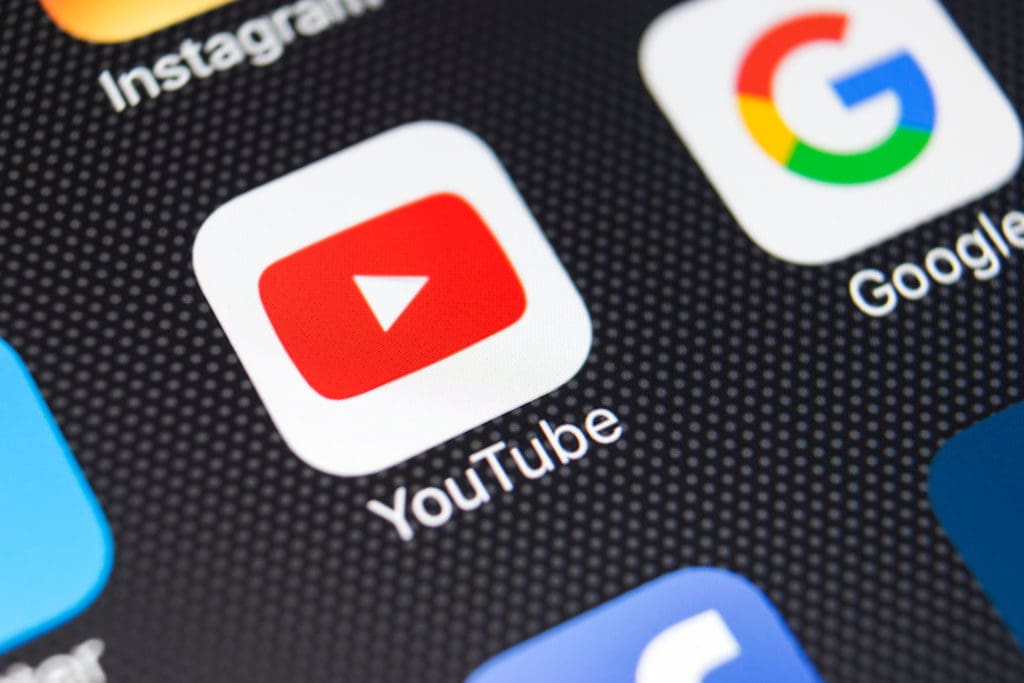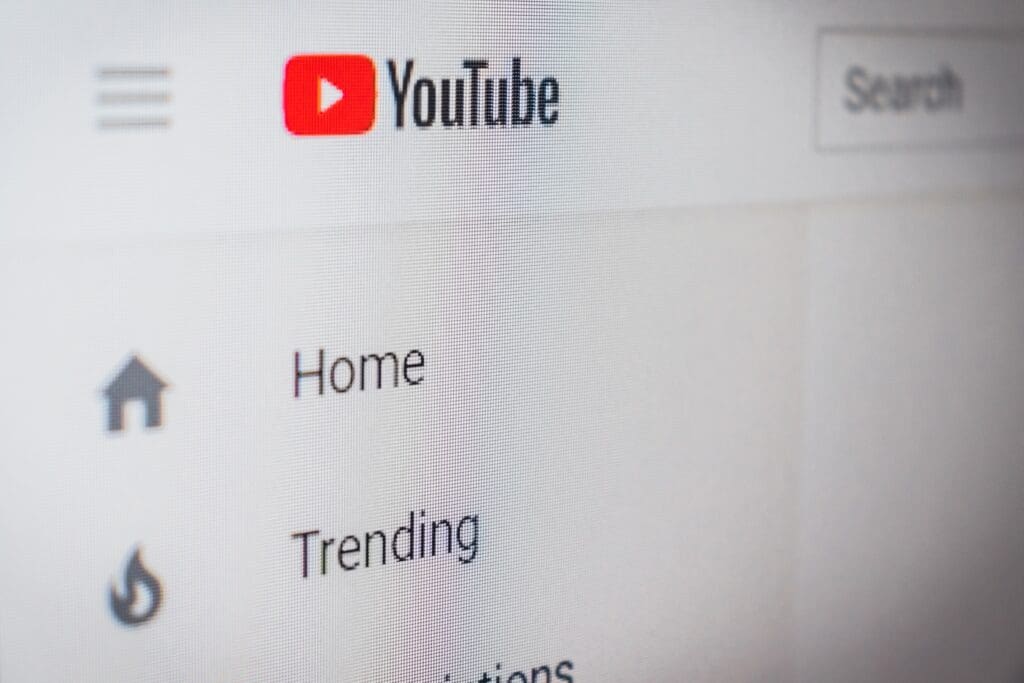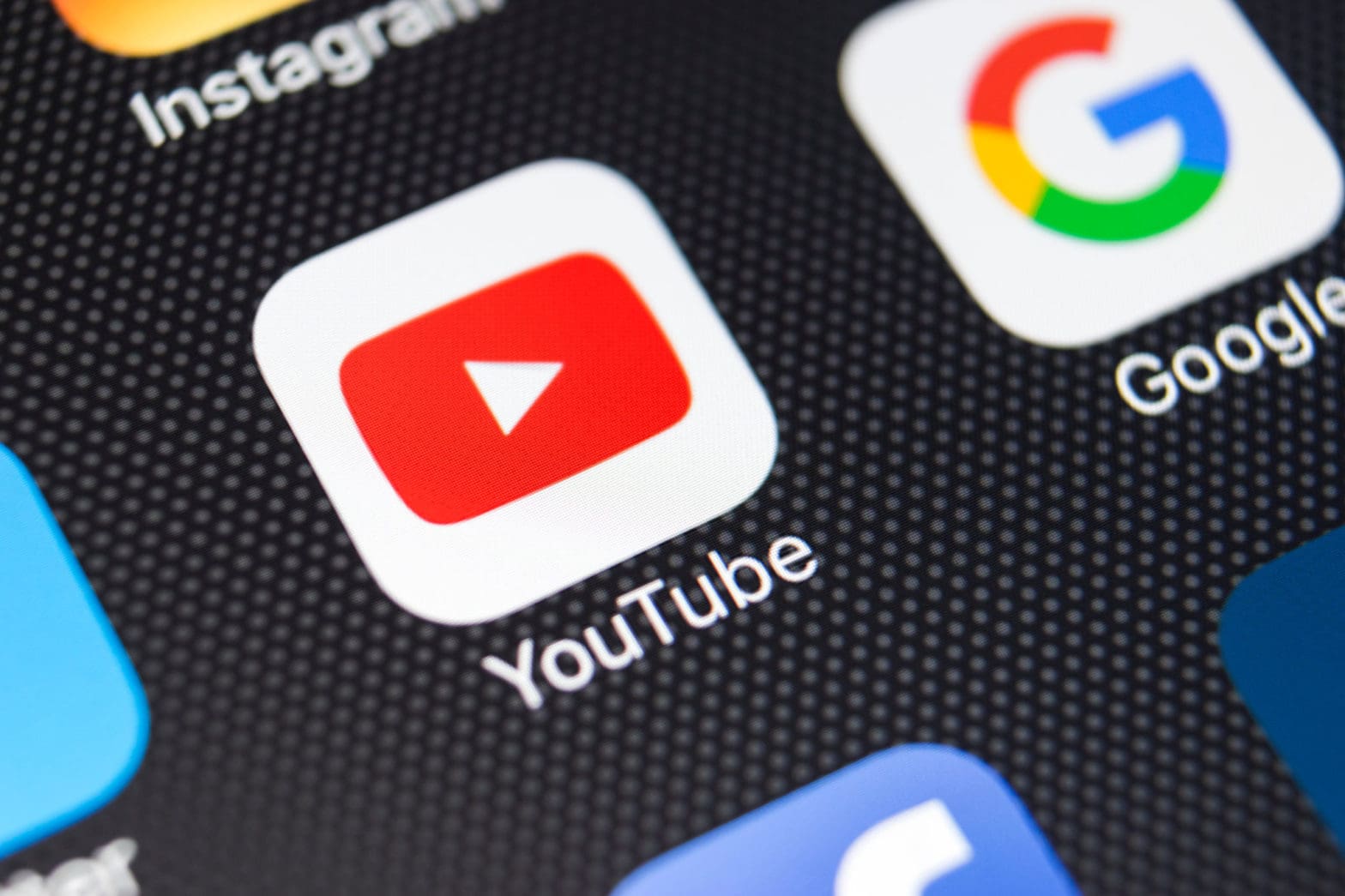
How does YouTube recommend videos and more to the point, how do you, as a creator, get it to recommend yours?
The words “YouTube Algorithm” can strike fear in the heart of a creator trying to grow their channel. There are numerous creators who’ll tell you a horror story about how they fell victim to a change in it. There are many myths surrounding how YouTube’s algorithms work.
YouTubers have a ton questions about how YouTube videos get recommended: how long does it take a video to get picked up by YouTube’s systems? Do subscriptions factor in? But they all come down to one thing: how do I get YouTube to recommend my videos?
Cristos Goodrow is the VP of Engineering at Google, and is in charge of, among other things, how YouTube recommends videos in viewer’s individual feeds. So when he talks about the YouTube algorithm, YouTubers would do well to listen.
How Does YouTube Recommend Videos?
YouTube’s video recommendation algorithm does two basic things: it tries to understand videos and it tries to understand viewers. It’s only goal is to connect viewers with videos they’ll enjoy. Or more simply, to keep viewers on YouTube for as long as possible.
get an unfair advantage on YouTube
Give your YouTube channel the upper hand and easily optimize for more views, more subs, and more of every metric that matters.
How Does Audience Retention Factor Into How YouTube Recommends Videos?
Is a viewer A watching 2m30s of a five-minute video better or worse than a viewer B watching three minutes of a 10-minute video? The answer isn’t simple. Maybe the five-minute video should have been a 2m30s video. Maybe the 10 minute video is broken into chapters and the viewer got everything they needed in the three minutes they watched.
The key consideration for the YouTube algorithm is how “satisfied” a viewer is with the content they watched.
YouTube has determined that viewers tend to be more satisfied if they’ve watched more of a video, but it’s not a perfect measurement and it’s not the only factor in how YouTube recommends videos.
But for simplicity, the more of your video viewers watch, the more YouTube’s algorithms are likely to recommend said video.

How Long Does it Take a YouTube’s Algorithm to Recommend a Video?
YouTube’s recommendation algorithm is always looking for signals and it doesn’t take long for a video to get seen. Whether that video gets noticed is a different discussion.
When new content is posted, the YouTube recommendation algorithm is looking for who would be interested in that content. At the end of the day, that’s all the algorithm wants to do; match viewers with content that will engage them and keep them on YouTube.
Suppose a viewer consistently watches videos from a particular channel and frequently watches new videos as they’re uploaded. It makes sense for YouTube’s algorithm to recommend new videos from that channel to that viewer.
But that’s not much help to a small or new channel because YouTube doesn’t have enough information.
Whether you’re just starting out or you’ve been on YouTube for years, taking the time to properly optimize your videos is tried and true advice. Optimizing your videos helps YouTube to understand what your content is about… and that’s the first step to how the YouTube algorithm recommends videos.
Why Do Viewers Get Recommendations from Huge Channels They are Not Subscribed to?
How does YouTube recommend videos? The YouTube algorithm looks for videos it thinks people will watch and engage with. If a channel has a ton of subscribers, that’s a pretty good indication that people like the channel and it’s content. It makes sense to recommend that channels content to more people, including non-subscribers.
The challenge with small channels is that YouTube has less information about who the audience is for that channel. That makes it harder to recommend that channel’s videos. Again, ensuring your videos are optimized (TubeBuddy SEO Studio can help) is key.
It’s important to remember that no YouTube creator started with a million subs and success doesn’t happen overnight.
Do the Number of Subscribers a Channel Has Influence Recommendations?
How does ratio of views-to-subscribers factor in to how YouTube recommends videos? According to YouTube, it doesn’t.
However, if a person is subscribed to a channel, then YouTube knows they’re at least familiar with that content. It’s an indication to the recommendation algorithm that this person might also be interested in that video, based on what they have watched recently or what topics they’re interested in.
However, if a channel hasn’t posted for a while or starts publishing very different content, YouTube wouldn’t necessarily keep recommending its content to viewers anymore.
If a creator uploads a new video to a channel that’s been on hiatus for a while, the recommendation system would start with the former subscribers and see if some were interested in the video. Only then might the algorithm push it out to a wider audience.
However, if the creator produces a very different kind of content than the old channel had on it, and it doesn’t pique the interest of early viewers or old subscribers, the system will have to start looking for a different audience for that new video. Or worse, not.
How Does YouTube Recommend Videos? The One Thing YouTube Creators Need to Know
Recommendations are all about trying to help a viewer find the videos that will be most satisfying to them. The only way to do this on YouTube is via personalization. YouTube is really just a collection of millions of niches, and even the largest channel on YouTube has a tiny audience relative to the overall size of YouTube. Only a fraction of a percent of viewers on YouTube watch even the largest channels, and so really, it’s about finding your particular audience.
If you want to know more about the YouTube Algorithm, check out our guide below:
Why isn’t YouTube Recommending Your Videos?
If you’ve read this far, it should be clear that YouTube wants to recommend your content, but only if that content keeps viewers on the platform.
Creators need to meet YouTube halfway. At least. If YouTube isn’t recommending your content, it’s probably because:
You Aren’t Optimizing your Videos
The YouTube algorithm is not magic. It’s a computer program; it’s just math. Take the time to properly optimize your video titles, descriptions, and tags and you’ll help YouTube’s algorithms to understand what your content is about. That understanding is key to how YouTube recommends videos. So help YouTube help you. Optimize your videos.
Your Content is All Over the Place
If you are throwing stuff at the wall to see what sticks, your audience is going to get confused. If it’s confusing for your audience, it’s confusing for YouTube’s recommendation algorithm too.
By all means, experiment with your content but you need to decide on a topic and stick with it.
You Don’t Have a Consistent Publishing Schedule
YouTube is less likely to recommend your videos if your publishing schedule is all over the place. This is especially true if there’s a significant gap between uploads.
You don’t need to publish every day, but you do need to publish consistently. Create a content calendar.
Your Videos Suck
You don’t need to go all-in on production but you do need to create videos that are engaging and easy to watch.
YouTube wants to recommend videos that people will watch. The inverse is also true. MrBeast said it best:
We hope this post has given you more insight into how YouTube works. The platform wants you to succeed, so pick up that camera and create your next awesome video!
get an unfair advantage on YouTube
Give your YouTube channel the upper hand and easily optimize for more views, more subs, and more of every metric that matters.
